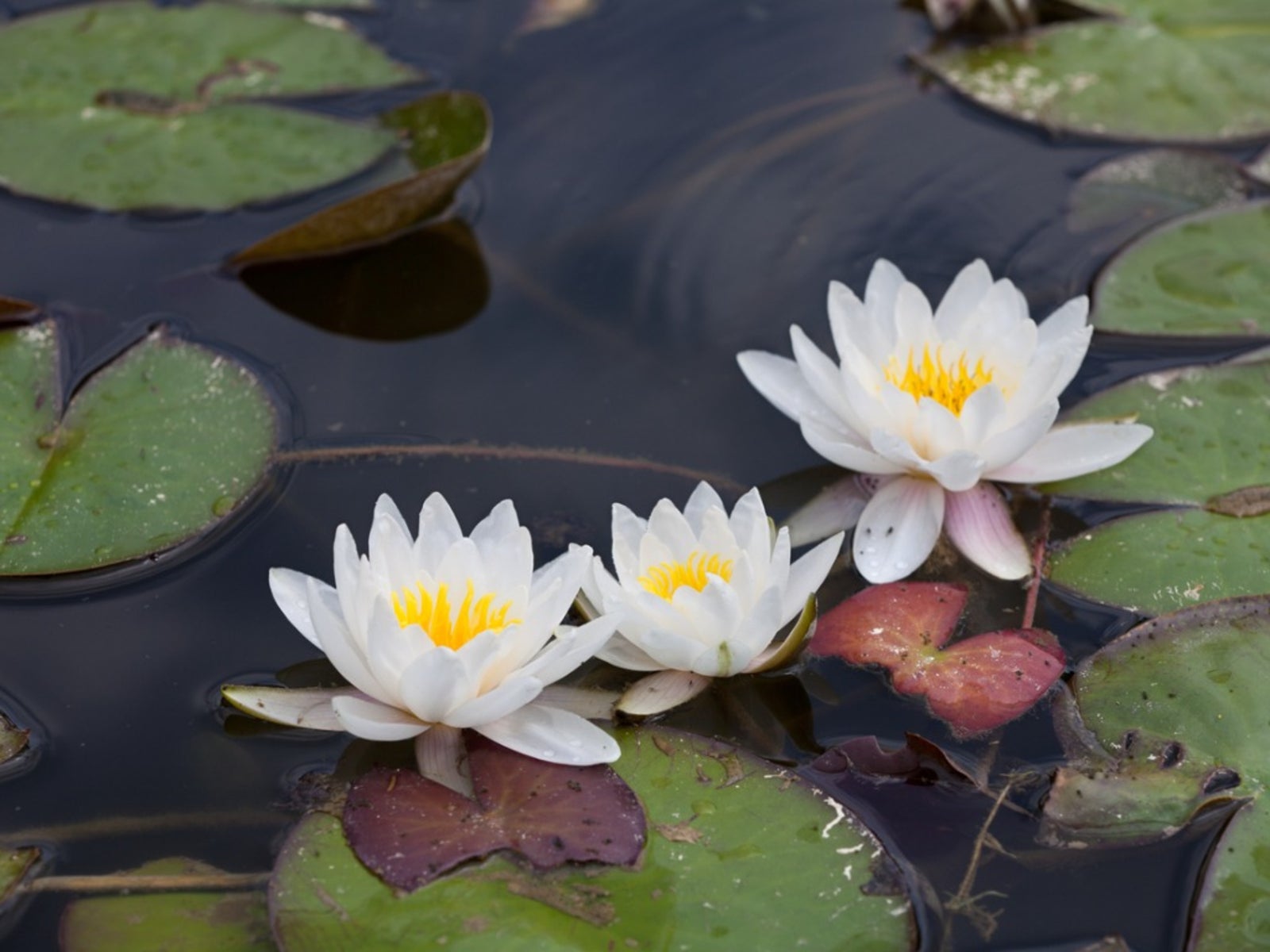Water Lily Problems – Water Lily Pests And Diseases


Given the right conditions, water lilies are easy to grow and low maintenance. They add seasonal color to garden ponds with little effort. Even with good care, some water lily pests and diseases may become an issue. These are the most common issues and what to do about them.
Water Lily Problems - Pests
The more common problems with water lilies you are likely to see in your pond are from pests rather than diseases:
- Water lily aphids. You’ll know if you have aphids. They appear as little black spots all over aquatic plants, not just water lilies, and can ultimately cause yellowing and curling. Remove by rinsing leaves or submerge leaves for a day or two to drown aphids. Add lady bugs to your garden to eat them.
- Water lily beetles. These are small, brown beetles that create holes in leaves. Remove pondside vegetation in winter where they hibernate. Hose down leaves and hand-remove beetles.
- China mark moth. Look for oval shapes cut from leaves. The larvae cut pieces of leaf and cover themselves with it on the underside. Remove them by hand or destroy affected leaves.
- Midges. These little fly larvae cut wavy lines in water lily leaves. You can remove them by hand, but they are difficult to see. Use mosquito dunks, which contain a bacteria type only harmful to the larvae, to manage midges.
Water Lily Issues - Diseases
A couple of diseases may infect your water lily plants, but these aren’t usually major issues if you buy the right plants. Many hybrids are resistant to most diseases.
- Crown rot. You can find water lilies resistant to this fungal disease. It appears as yellow, curling foliage and rotting flower buds. If you do see this disease, it’s best to remove and destroy the plant.
- Leaf spot. Less serious is leaf spot, which causes red or gray-brown spots on leaves. Remove affected leaves.
Preventing and Managing Water Lily Problems
Prevention is the best way to deal with these few issues that may plague your water lilies. Start with healthy, disease-resistant plants. Examine them carefully for signs of insects or disease before adding to the pond.
Give plants plenty of space for airflow, dividing as needed. Keep the area clean by trimming off dead foliage. Dying leaves are often the targets of pests. Add predatory insects and fish to your garden to manage pest populations: lady bugs, lacewings, and paradise fish.
You may use chemical pesticides or fungicides to treat plants, but leave them as a last resort. These chemicals harm the natural environment and may kill native species and helpful insects and plants.
Note: Any recommendations pertaining to the use of chemicals are for informational purposes only. Chemical control should only be used as a last resort, as organic approaches are safer and more environmentally friendly.
Sign up for the Gardening Know How newsletter today and receive a free copy of our e-book "How to Grow Delicious Tomatoes".

Mary Ellen Ellis has been gardening for over 20 years. With degrees in Chemistry and Biology, Mary Ellen's specialties are flowers, native plants, and herbs.